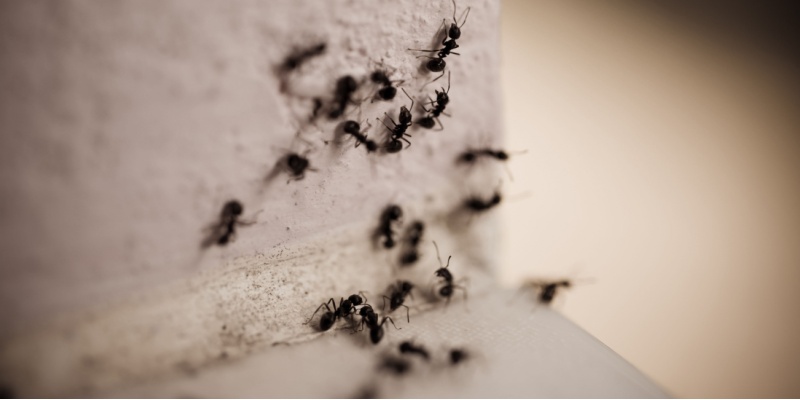As Indianapolis residents welcome warmer temperatures and blooming flowers, they're often greeted by another, less welcome sign of spring: ant invasions. If you've noticed these tiny invaders marching through your kitchen or along your baseboards, you're not alone. Spring is peak season for ant activity, and understanding why can help you better protect your home.
Weather-Driven Behavior
The primary reason for increased ant activity in spring is simple: weather. After spending the winter months in a semi-dormant state deep underground, ants become active as temperatures rise. The mild, wet conditions of an Indianapolis spring create the perfect environment for ants to:
- Expand their colonies
- Search for new food sources
- Establish satellite colonies
- Send out reproductive swarmers to start new colonies
Heavy spring rains can also flood ant nests, forcing colonies to relocate—often into the dry sanctuary of your home.
Food Availability
Spring marks the beginning of a time when food becomes more abundant for ants. In nature, this means more plant growth and increased insect activity. In your home, it means:
- More frequent cooking with windows open
- Increased outdoor dining that leaves food residue
- Kids' snacks being carried throughout the home
- Pet food left out longer as days extend
Even the smallest crumbs or sticky residue from spilled juice can attract scout ants, who then leave chemical trails for their nestmates to follow.
Reproduction and Colony Growth
Spring is prime breeding season for most ant species in Indiana. Queens begin laying more eggs, and colonies expand rapidly. Many species, including carpenter ants and pavement ants, send out winged reproductive ants (alates) during spring. After mating, new queens shed their wings and search for nesting locations—possibly within your home's structure.
Common Entry Points
Ants don't need much space to enter your home. They can squeeze through:
- Tiny cracks in foundations
- Gaps around windows and doors
- Openings around utility lines
- Spaces under siding
- Vents and weep holes
The freeze-thaw cycles of Indiana winters often create new cracks and crevices that weren't there before, giving ants fresh entry points to exploit.
The Most Common Spring Invaders in Indianapolis
While various ant species become active in spring, Indianapolis homeowners most frequently encounter:
- Odorous House Ants: Attracted to sweet foods and moisture
- Pavement Ants: Often enter from beneath slabs and driveways
- Carpenter Ants: Seek moist, damaged wood to establish nests
- Acrobat Ants: Commonly use tree branches to access homes
Effective Spring Ant Prevention
To minimize ant invasions this spring:
- Clean thoroughly: Wipe counters, sweep floors, and vacuum regularly to eliminate food residue.
- Store food properly: Keep pantry items in sealed containers and don't leave pet food out overnight.
- Seal entry points: Caulk cracks around foundations, windows, and doors.
- Reduce moisture: Fix leaky pipes and ensure proper drainage around your home.
- Create a barrier: Trim vegetation away from your home's exterior to eliminate "bridges" for ants.
- Remove attractants: Keep outdoor eating areas clean and ensure trash cans have tight-fitting lids.
When to Call the Professionals
While minor ant problems can sometimes be addressed with home remedies, persistent or large-scale infestations typically require professional intervention. Signs it's time to call Trio Pest Control include:
- Multiple ant trails throughout your home
- Ants returning despite your best prevention efforts
- Evidence of carpenter ants (wood shavings or structural damage)
- Ants in multiple rooms or levels of your home
At Trio Pest Control, we understand the seasonal patterns of Indianapolis ant species and provide targeted solutions that address not just the ants you see but the colonies they come from. Our comprehensive approach ensures your spring isn't spoiled by unwanted six-legged guests.
Contact us today to schedule your spring ant inspection and treatment plan.
